New Microwave Weapons: A Solution to Combat Drone Swarms
In a world where drones are increasingly shaping the battlefield, a new challenge emerges: swarms of combat drones. Recently, Hamas executed coordinated drone strikes against Israeli targets, highlighting the urgent need for effective countermeasures. The U.S. Department of Defense, recognizing this threat, is pioneering a groundbreaking defense mechanism using high-power microwaves (HPMs).
The Rising Threat of Drone Swarms
Drone swarms have become prominent in conflicts like Ukraine’s battle against Russia and Azerbaijan’s strategy in Nagorno-Karabakh. These low-cost drones, potentially coordinated by machine learning, pose a significant threat as they can easily overwhelm traditional defenses.
Maj. Gen. Sean Gainey of the Joint Counter-Small Unmanned Aircraft Systems Office emphasizes the growing threat from these small, agile drones, which can execute mass attacks and function autonomously thanks to Artificial Intelligence.
High-Power Microwaves: A Game-Changing Defense
The Pentagon’s response to this looming threat is the development of HPMs, a form of directed energy capable of disrupting electronic circuitry. Weaponized HPMs, exponentially more powerful than a typical microwave, can incapacitate a drone mid-flight.
This Drone Technology is set to play a key role in the Pentagon’s Indirect Fire Protection Capability program, which includes an array of defense technologies like missile interceptors and microwave blasters.
The Future of Drone Defense
The U.S. military is reportedly preparing for its most ambitious counter-drone demonstration at the White Sands Missile Range, where they will assess new technologies against drone swarms.
The Army’s recent collaboration with Epirus to build microwave systems demonstrates the urgency and innovation in countering drone threats.
However, HPMs are not a foolproof solution; drones can be shielded against electromagnetic attacks, adding complexity to their design.
No Silver Bullet, but a Step Forward
While HPMs represent a significant advancement in drone defense, they are not a universal solution. The challenge continues to evolve as drone technology advances.
The Pentagon’s proactive approach in developing and testing these new systems is a crucial step in maintaining a technological edge in modern warfare.




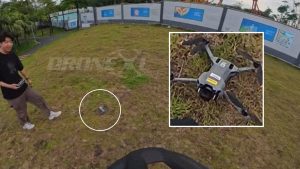


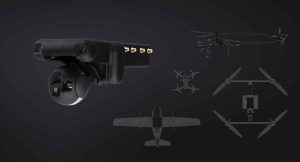
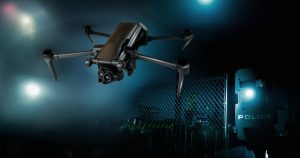


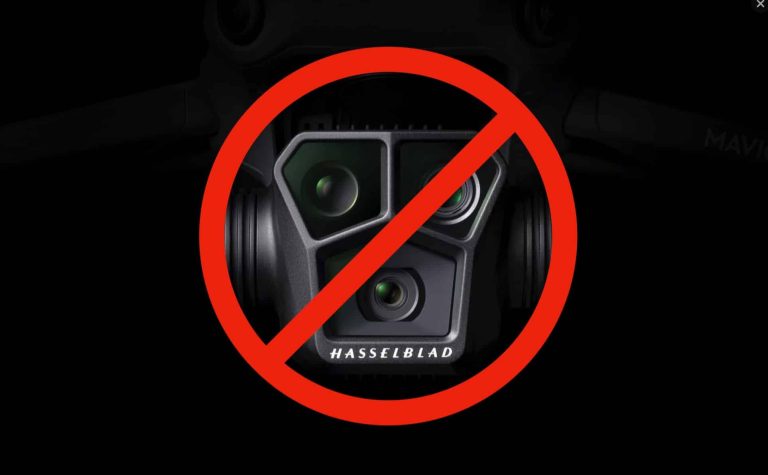


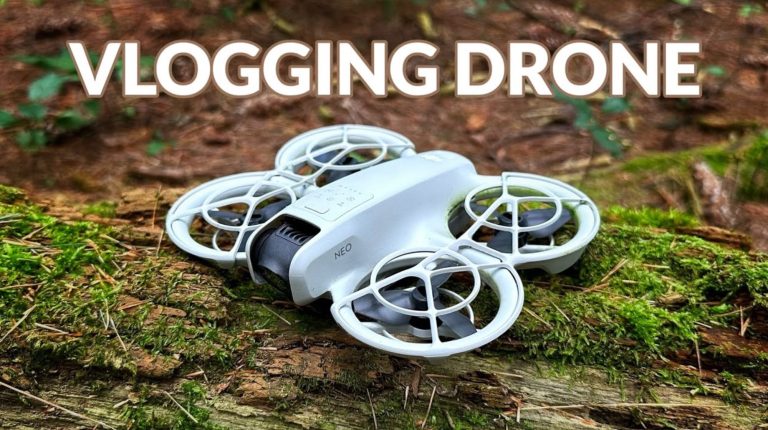


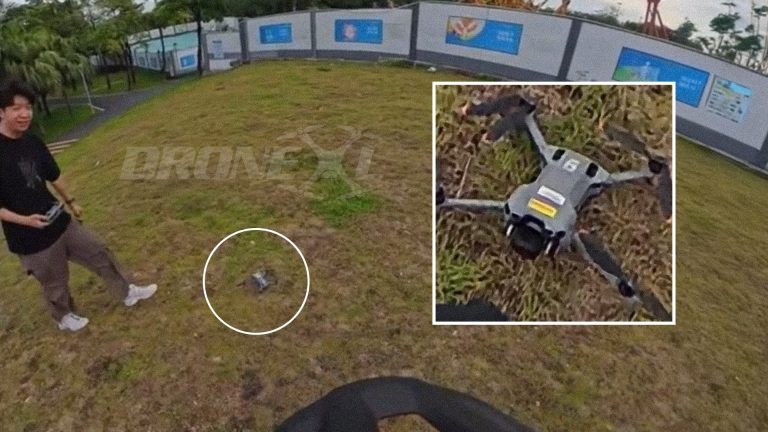

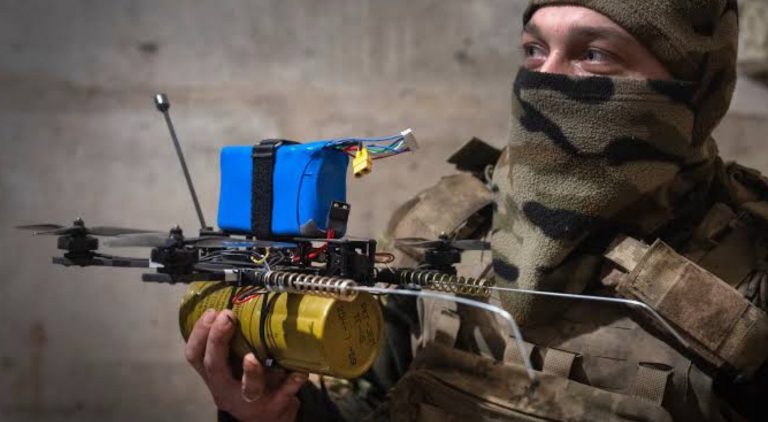
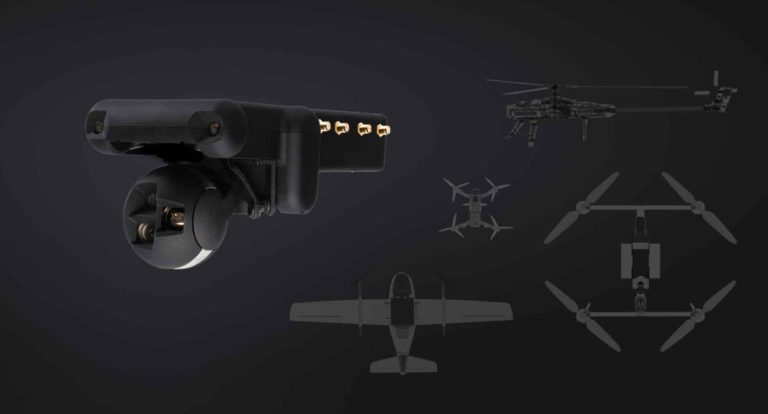
+ There are no comments
Add yours